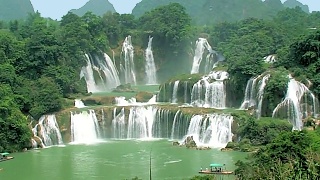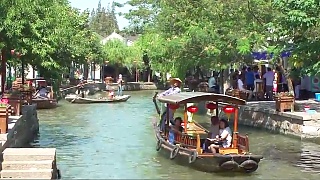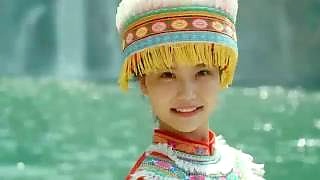Opening ceremony highlights.
This event showcases the traditional sports and cultures of China's 55 minority groups. It was held in September at GuiYang in GuiZhou province.
[640],shadow=true,start=,stop=

Live more ...
 The 9th National Traditional Games for Ethnic Groups
The 9th National Traditional Games for Ethnic GroupsOpening ceremony highlights.
This event showcases the traditional sports and cultures of China's 55 minority groups. It was held in September at GuiYang in GuiZhou province.


|
No vocals or other emotional drivers; just calmness ...
|

|
GuangXi Province, on the border with Vietnam.
Filmed in June 2009.
|

|
ZhūJiāJiǎo is an ancient water town now situated in the outskirt of ShangHai municipality.
The town has 36 beautiful bridges dating from the Ming and Qing dynasties.
|

|
With Little Chinese Everywhere ...
|

|
With Pascal Coppens ...
|

|
|

|
Plus the adjacent SiMaTai Great Wall at night.
Located in MiYun County, about two and a half hours drive north of central Beijing.
|